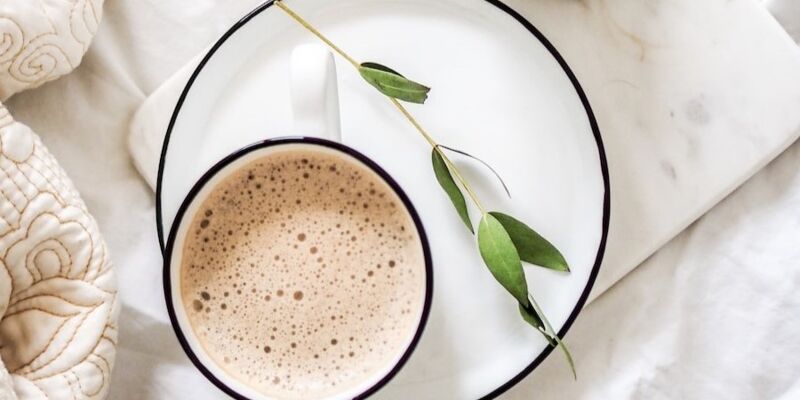What is stopping women from reaching the C-suite?
Welcome to the ‘Male Blueprint’ - what's really holding women back from the C-suite...

The World Economic Forum (WEF) has released an article (March 2024) on what is stopping women in reaching the very top of organisations. Citing LinkedIn research which shows that female representation drops from roughly half at entry level positions to a quarter at C-suite role, and WEF research that the Gender gap reduction has recently slowed, it highlights the need to address the ‘system’ itself – examples include organisational culture, selection criteria such as ‘male associated’ traits, traditional views of how successful leaders should behave and work – life balance, as well as the lack of mentorship and role models.
They call this the ‘Male Blueprint’. (Although this term really doesn't work for me - what do you think about the term "gender paradigm"?)
The WEF argue that improvements so far have been driven, in large part, by external pressures such as government intervention and public pressure.
Historically, organisations have approached the lack of women representation at C-suite by addressing the perceived lack of skills that women have, rather than celebrating their differences.
Unfortunately, the article is short of immediate solutions. While acknowledging the role unconscious bias training, it also acknowledges that it is ‘hard’ – which given the wealth of research around the issues of such training, I think is understating the case.
Instead, the article briefly focuses on challenging what they call the underlying factors – belief systems and informal assessments i.e. the organisational culture – and the need to learn new patterns of behaviour.
My view
While this is an interesting article and, quite rightly, recognises that organisations will only fundamentally change from within, the lack of practical help for women and organisations is disappointing.
So what can women do to help themselves and their organisations?
1. Awareness – understand yourself and your organisation.
• The starting point for change is awareness.
• Be aware of your strengths and weaknesses, your values, what conditions you like working in (and not), what’s important to you and where your priorities are.
• Be aware of your organisation’s culture, how others will (and do) judge you, the conscious and unconscious ways that the organisation assesses ‘value’, contribution and potential.
• While it can be difficult to put your own feelings of fairness to one side, recognise that what you are doing is simply recognising the reality of the current situation and how you feel about it.
• Every organisation is different, just as we are all different. There is no right or wrong, you are simply trying to understand where your organisation is at the moment.
2. Consciously evaluate the gap between your preferences and the way your organisation assesses potential C-suite leaders.
• Given what you now know about yourself and your organisation, what is the gap? Typically, this can will be a combination of both personal and organisation factors.
• Personal factors can include skills, knowledge and experience. These are factors that you can change, if you want to.
• Organisational factors can include how staff are rated on their performance, as potential successors or high potentials; the language that is used to arrive at those ratings, in job descriptions and leadership roles; the policies and procedures that support diversity such as flexible working, time-off and performance management; practices such as team working, development and reward; and finally the expectations leaders have about what ‘success’ and ‘potential’ looks like such as working long hours, international experience and managing high workloads.
• Is that gap something that you can bridge, would be interested in bridging and want to bridge? What would be the impact on other aspects of your life – especially outside of work?
• If the gap is too large to bridge, or if you don’t want to or the impact is too significant on other aspects of your life, then step back and think about your career goals. Do you enjoy your current role, should you look elsewhere, should you focus your priorities on other aspects of your life – these are all potentially relevant questions you need to ask yourself. Seek help from friends and family, or from an external coach.
3. Take action – both personally and within your organisation.
• If you are willing and able to bridge the gap between your current skill set and preferred way of working, and that of your organisation’s requirements, create an action plan.
• If you have a gap regarding your personal factors, then put in place a development plan, engage with an executive coach, gain agreement (and commitment) from your manager, and go for it.
• If there is a gap between you and organisational factors, choose one or two areas that you have an interest in and which you can make a difference. For example, one of my clients decided to focus on helping colleagues who were returning to work after maternity leave, and initiated a programme which included a checklist, training for the retuning staff members manager and an internal mentor.
Leadership, especially at C-suite level, is tough no matter what your gender, race or any other visible characteristic you have. However, the rewards can be enormous and impact significant. If your organisation hasn’t caught up with the 21st century, then you can play the existing game, change the rules, or take your ball and play elsewhere.
But it’s your choice.
Do you feel like you're being held back - lets talk.













